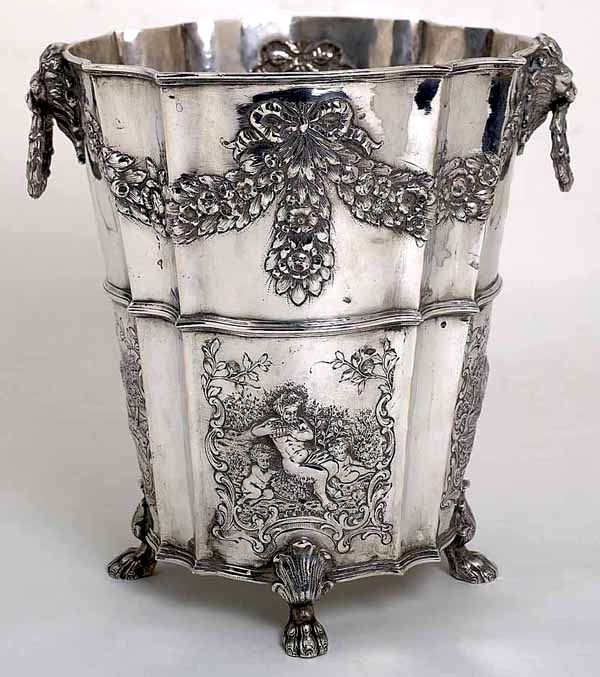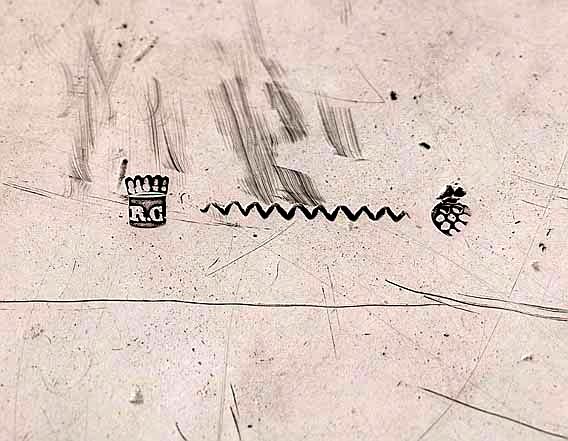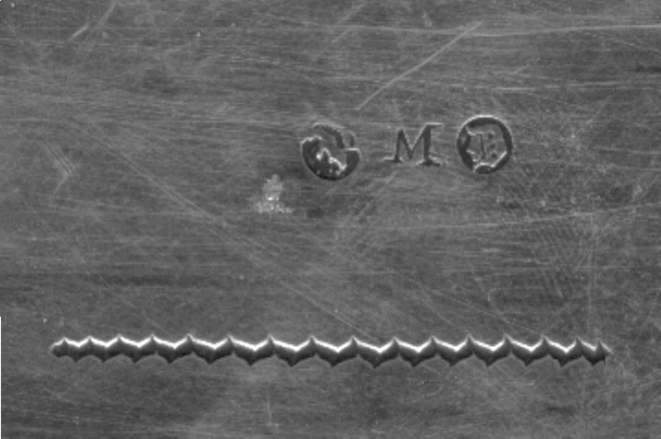 newsletter # 4 AUGUST 2004
newsletter # 4 AUGUST 2004www.ASCASonline.org
email: silverassociation@yahoo.it
Articles for ASCAS website
List of membersWelcome to new members:Alba Baleri - Italy Linda Cooper - USA Joel Dims - Canada Carl Heimann - USA Nathalie Koson - France Micheal Settee-Pratt - Canada The updated list of ASCAS members is now available clicking here (only for members) Members' Window # 4There's a new addition to our Members' window. Guido Manescotto presents Silverware of Giuseppe Garibaldi. The article is in double version EnglishReplies to 'Member's window # 3'ASCAS has received many replies about German beaker of David Philliskirk confirming our suspect: the beaker was made at the end of 19th century.Here is the very informative mail received by Mrs. Dorothea Burstyn: Mr. Philliskirk's German beaker is silver, but unfortunately does not date to 1576, but at best to the late 1890s. It was made in Hanau and is marked with a typical combination of apokryphical marks, used by many Hanau silversmiths. His beaker was made by the Neresheimer company, founded in 1890. Neresheimer participated in the Chicago world exhibition. Hanau silver marks were first published by Dr. W. Scheffler :Goldschmiede Hessens, Berlin New York 1976 - the Nurenberg mark, as well as the flower punch ( or V in surround with two leaves and a flower) Scheffler 489, and Scheffler 498 are often found on Neresheimer products. For a more detailed description of Hanau silversmiths and their "antique" silver output, please see my articles "The Antique Silver Industry of Hanau" Part 1 and 2 in Silver Magazine Sept/Oct.1997 and Nov./Dec.1997. Mrs Dorothea Burstyn and the Editor of Silver Magazine have authorized ASCAS to re-publish these articles in our website. Part 1 is already available on the web (see above) Questions from ASCAS' membersWayne Bednersh writes:I have an old spoon and fork which I have not been able to identify and thought that you might be able to help. A picture is attached. The pic is rather large so that you can see the details The marks are on the front (the French style) and the left is marked "850" for the purity. The other is very difficult to read and it looks like it may be Arab type writing. My gut feeling is that these are from one of the French colonies (Algeria??), but I have no idea as to which colony or the age of the pieces. The back of the pieces which you cannot see are angled like a triangle. In all of the historical books I have seen, I have never seen spoons in this shape, although in one museum I did see an old Venetian spoon which was vaguely similar. If you could post the picture so that others might see it and comment, I would be appreciative.
(click to enlarge image)Gianmarco Baldini has this etrog box that looks to be of German area
(click to enlarge image)About the question on the lidded container set with gold bands and stones published on July newsletter, ASCAS member Tom Guarrera writes: '... The wonderful French box is definitely marked for Alphonse Fouquet, I suspect it is 20th century and that the rectangular mark indicates silverplate as the secondary metal... ' Closing our August newsletter I hope you have appreciated its content.
| ||||
|





